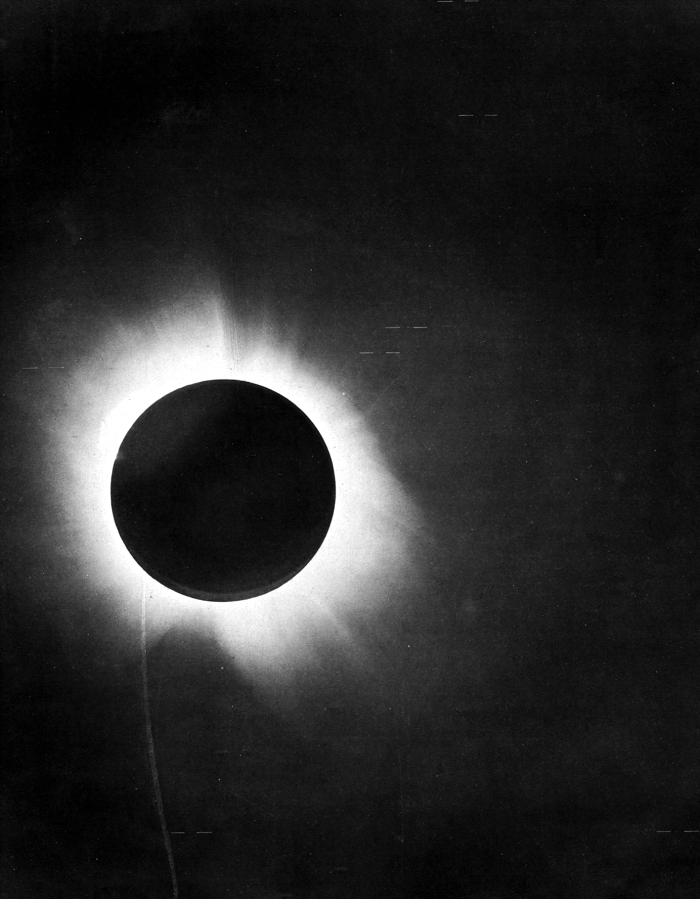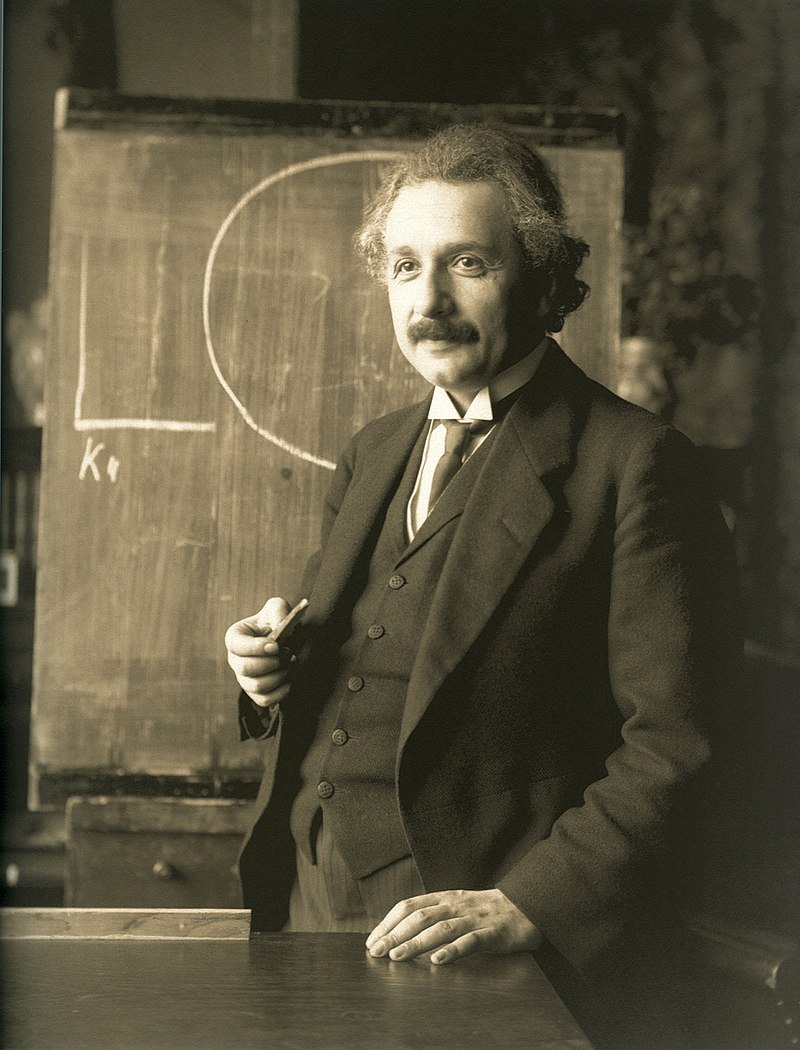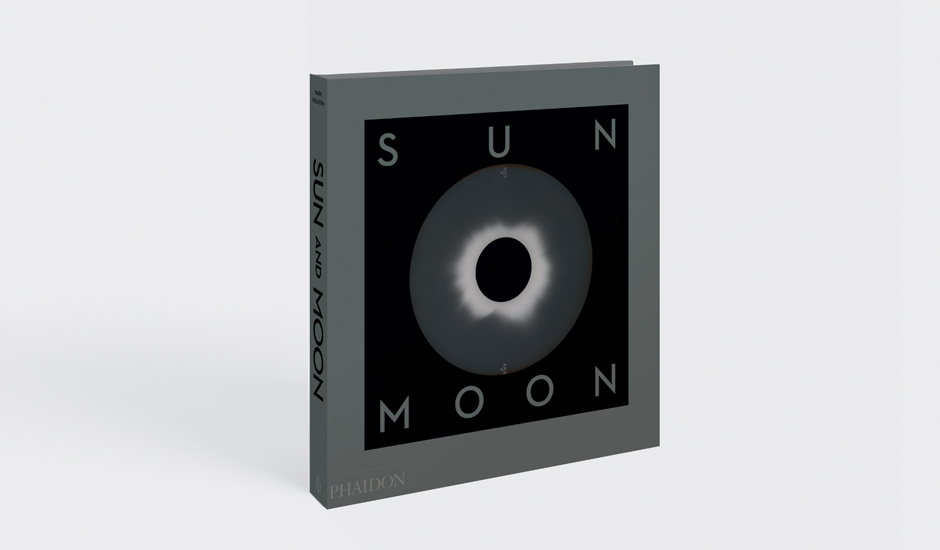
The eclipse that proved Einstein was right - 100 years ago
Shifting of starlight around the sun – seen 100 years ago today – proved our universe wasn't stable
Albert Einstein changed the way we view the Universe. Before his work was widely read and acknowledged many saw the heavens as stable and clockwork-like but, as Mark Holborn puts it in Sun and Moon, “by the end of the 1920s, evidence pointed away from a view of the universe in balanced and harmonious stasis within a cycle of birth and death of stellar matter, to a notion of a universe in a state of accelerated expansion.”
One crucial piece of evidence came exactly 100 years ago today. Here’s how Holborn describes it in his book.
“As early as 1911, Einstein suggested in his paper ‘On the Influence of Gravitation on the Propagation of Light’ that the gravitational field of the Sun was so strong that it could cause the bending of light,” he writes. “The optimum moment for measuring this deviation – a fraction of a degree – would be at the time of a solar eclipse, when the visibility of stars close to the sun would be enhanced.
Unfortunately, getting a good astronomer to take a good look at an eclipse wasn't an easy task. “An attempt to make such an observation in the Crimea at the time of an eclipse was stopped by the war," explains Holborn. "Then on 29 May 1919, a total solar eclipse lasting nearly seven minutes was visible on a narrow path that included the island of Principe off the West African coast and was observed there by [English astronomer and physicist] Sir Arthur Eddington."

“Einstein’s theory was confirmed with photographic evidence from the observation of stars in the constellation Taurus. Eddington had measured the positions of the stars in January and February. If Einstein was correct, the Sun's gravitational field would bend the light from them on its way to Earth; seen during the eclipse, they would appear in a fractionally different location in May than in January. They did: the theoretical and the observable were synchronized. Einstein’s fame was established.”
In short, Eddington's star gazing proved Einstein right. Einstein’s hard-to-grasp ideas – “which ultimately suggested that time itself was a variable, and that light, the speed of which was unsurpassable in a vacuum, could be bent and distorted along its course by the power of gravitational forces,” explains Holborn – were proven with these fractional shifts in the position of Taurus. Yet it still took a little while for his work to gain widespread acceptance.
Einstein won the 1921 Nobel Prize for Physics, but “the Nobel committee, with apparent obstinacy, still preferred to recognize his work in the realm of electrons rather than endorse his theory of relativity, however profound its significance,” writes Holborn.

Today, we rightly remember Albert for the work first proved by that eclipse, a century ago today. In fact, it's such a fitting astronomical anniversary, that we're actually publishing Sun and Moon today, 29 May. To order a copy of this beautiful book - a unique pictorial history of astronomical exploration from the earliest prehistoric observatories to the latest satellite images - go here.